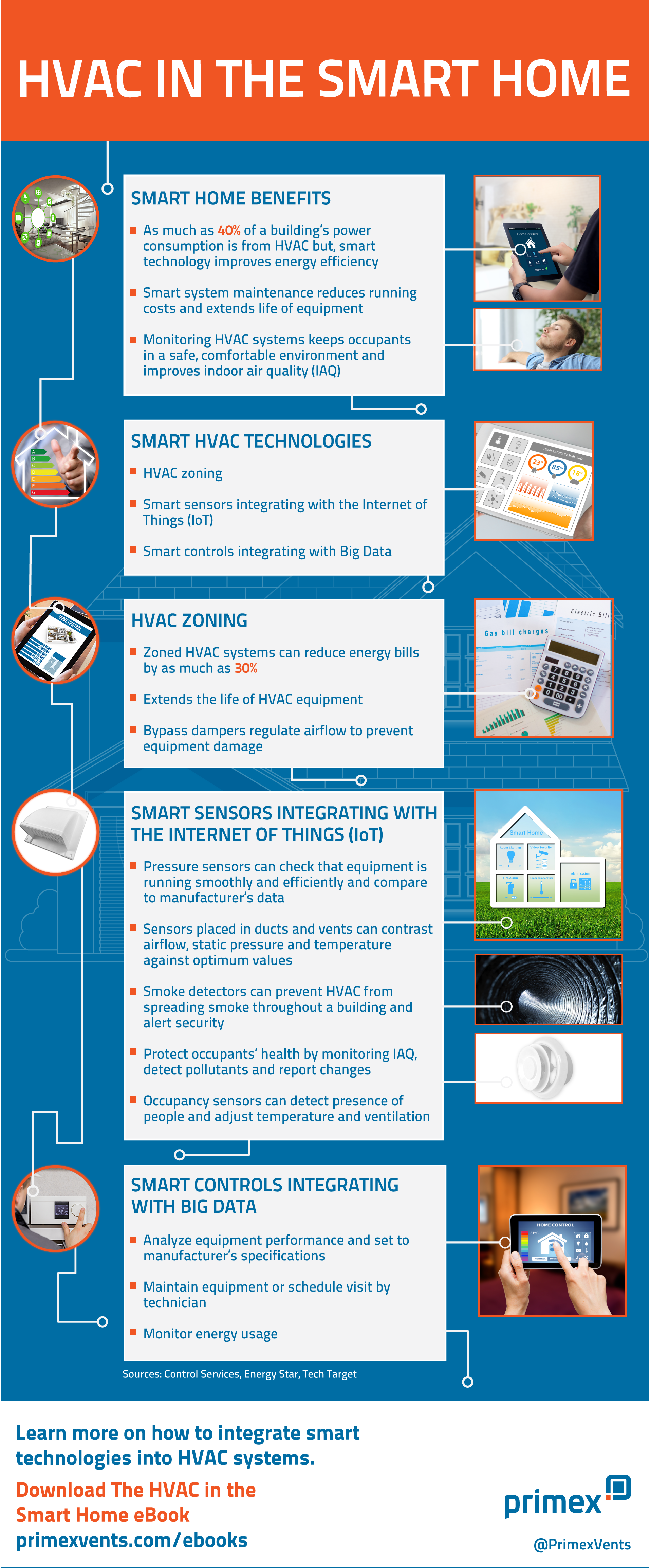The Ultimate Overview To Understanding Heat Pumps - How Do They Function?
The Ultimate Overview To Understanding Heat Pumps - How Do They Function?
Blog Article
Web Content Author-Blanton Dickson
The most effective heatpump can save you substantial amounts of cash on energy expenses. They can likewise help reduce greenhouse gas exhausts, specifically if you use power in place of nonrenewable fuel sources like lp and heating oil or electric-resistance furnaces.
Heatpump work significantly the like air conditioning unit do. This makes them a sensible option to traditional electric home heating unit.
Just how They Function
Heatpump cool down homes in the summer season and, with a little assistance from electrical power or gas, they give some of your home's home heating in the winter months. They're a great alternative for people who wish to lower their use nonrenewable fuel sources yet aren't all set to change their existing furnace and air conditioning system.
ducated heat pump tauranga rely upon the physical fact that even in air that seems as well cold, there's still power existing: cozy air is constantly moving, and it wants to move right into cooler, lower-pressure settings like your home.
Many power celebrity certified heatpump operate at near to their heating or cooling ability throughout the majority of the year, minimizing on/off cycling and conserving energy. For the best efficiency, focus on systems with a high SEER and HSPF ranking.
The Compressor
The heart of the heatpump is the compressor, which is also referred to as an air compressor. This mechanical flowing tool utilizes potential energy from power development to boost the stress of a gas by minimizing its volume. It is different from a pump in that it just deals with gases and can't work with fluids, as pumps do.
Climatic air gets in the compressor via an inlet valve. It travels around vane-mounted arms with self-adjusting size that divide the interior of the compressor, developing multiple cavities of varying size. The rotor's spin pressures these dental caries to move in and out of stage with each other, pressing the air.
The compressor reels in the low-temperature, high-pressure cooling agent vapor from the evaporator and presses it right into the hot, pressurized state of a gas. This process is duplicated as needed to provide home heating or cooling as required. The compressor additionally contains a desuperheater coil that recycles the waste heat and includes superheat to the cooling agent, changing it from its fluid to vapor state.
The Evaporator
The evaporator in heatpump does the same point as it carries out in refrigerators and a/c unit, transforming fluid refrigerant into a gaseous vapor that eliminates heat from the area. Heatpump systems would not work without this critical tool.
This part of the system is located inside your home or structure in an indoor air trainer, which can be either a ducted or ductless system. It has an evaporator coil and the compressor that presses the low-pressure vapor from the evaporator to high pressure gas.
Heatpump absorb ambient warm from the air, and afterwards utilize electrical power to transfer that warmth to a home or service in heating mode. That makes them a lot a lot more power reliable than electrical heating systems or heaters, and due to the fact that they're utilizing clean electrical power from the grid (and not burning fuel), they likewise create far less emissions. click for info 's why heatpump are such wonderful ecological options. (Not to mention a massive reason that they're coming to be so prominent.).
The Thermostat.
Heat pumps are excellent choices for homes in chilly environments, and you can use them in combination with traditional duct-based systems or even go ductless. They're a fantastic alternative to nonrenewable fuel source heating systems or conventional electric heating systems, and they're much more lasting than oil, gas or nuclear heating and cooling tools.
Your thermostat is the most essential element of your heatpump system, and it functions very in different ways than a traditional thermostat. All mechanical thermostats (all non-electronic ones) job by utilizing substances that alter size with raising temperature, like curled bimetallic strips or the increasing wax in an auto radiator valve.
These strips contain two different sorts of steel, and they're bolted with each other to create a bridge that finishes an electric circuit attached to your HVAC system. As the strip gets warmer, one side of the bridge increases faster than the other, which triggers it to flex and signify that the heater is needed. When the heatpump is in home heating setting, the turning around shutoff reverses the circulation of refrigerant, so that the outdoors coil now functions as an evaporator and the indoor cyndrical tube ends up being a condenser.